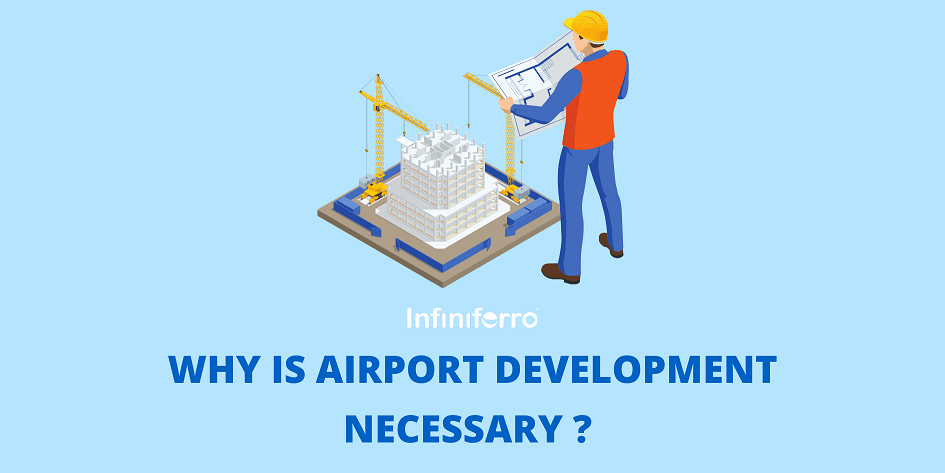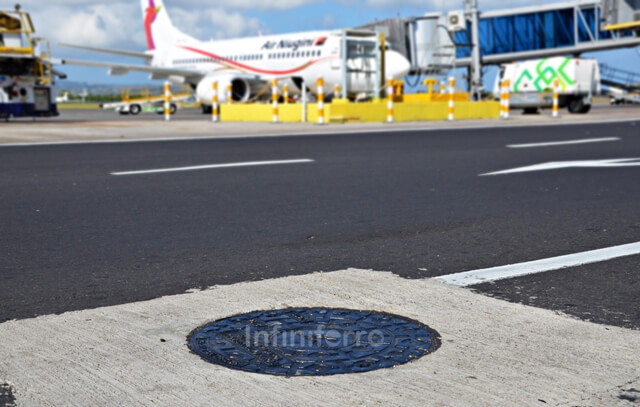
There are several underlying reasons for the necessity for airport development or expansion. What are they? We will go over everything in detail here.
Given its geographical location in the form of islands, air transportation is one of the most essential sources of transportation for the Indonesian state. Using air transportation will make it easier to go to other parts of Indonesia.
The airport development project aims to increase air transport traffic capacity by expanding the airport area both airside and landside. Airports are typically built some distance from the city center to reduce congestion and noise, as well as to allow for future expansion of the airport region. The following are various reasons why airport development is necessary.
Passenger numbers are increasing
The number of people who use air transportation grows substantially from year to year. As a result, airports become overcrowded and unable to handle passengers or schedule flights. As a result, airport administrators are growing on both landside (such as terminals and parking lots) and airside (such as runways and aprons).
The development of Sultan Hasanuddin Makassar Airport is one of the airport development projects resulting from the problem of insufficient capacity. This airport terminal’s optimal capacity is only 7 million passengers per year. Meanwhile, traffic at Sultan Hasanuddin Makassar Airport surpassed 10.7 million passengers in 2019.
The landside expansion of Makassar Sultan Hasanuddin Airport includes the existing domestic passenger terminal to the south, a parking structure, and access to the terminal’s main road. Then there’s the air side, with the development of the south and east aprons, as well as supporting infrastructure.
Preparation for an event

Indonesia frequently hosts/organizes international events such as the IMF Annual Meeting and the G20 Presidency. Both events took place in Bali. To prepare for the 2018 IMF event, I Gusti Ngurah Rai International Airport is upgrading the airside area, which includes lengthening the runway and widening the apron to accommodate large international aircraft.
Meanwhile, in preparation for the G20 presidency, Bali Airport revitalized numerous areas of the airport, particularly the VVIP terminal. The revitalization project includes the beautification of the existing VVIP terminal (1,063 square meters), the construction of a new VVIP terminal (1,000 square meters), landscaping and a new service road (3,250 square meters), and the reallocation of EMPU cargo and affected buildings (300 square meters).
Enhance the economy
The increase in the number of airline passengers is also directly related to the regional GDP of the region in which an airport is located. This is a motivation for local governments, the federal government, and investors to develop existing airports.
The passenger terminal space was increased from 10,270 m2 to 16,090 m2 in this project to make it appear larger and accommodate more people. Ambon Pattimura International Airport was named the third best airport in Asia Pacific in the Airport Service Quality (ASQ) airport service assessment as a result of this beautifying project.
These are some of the factors influencing airport development projects in Indonesia, as well as some examples of developments. Airport development strives to improve connectivity, boost air transport capacity, and, in the end, contribute to Indonesia’s economic growth. So, for these reasons, airport development is required.
ALSO READ:

Leave a Reply